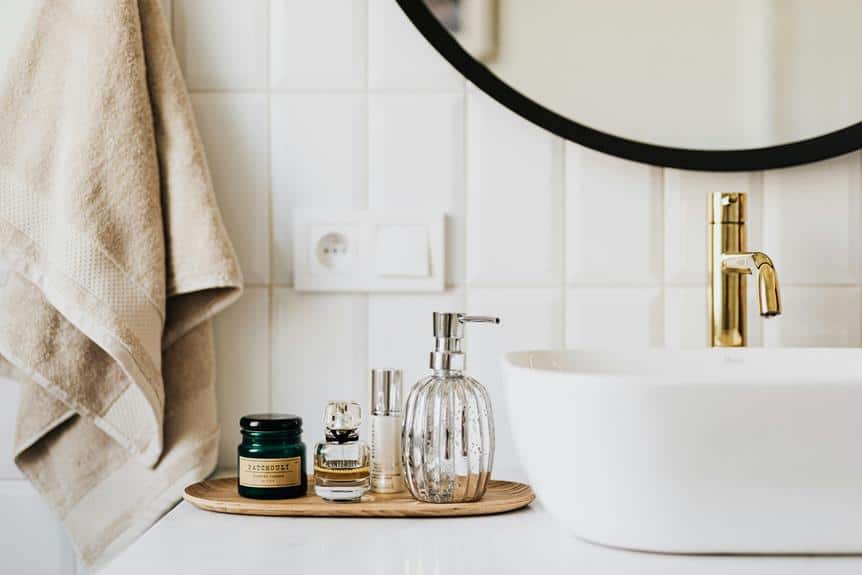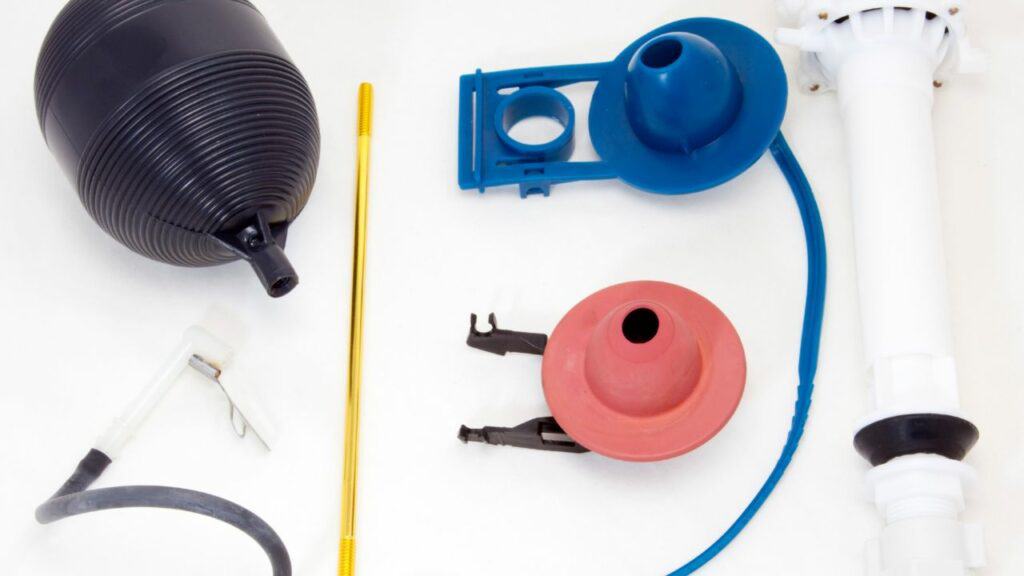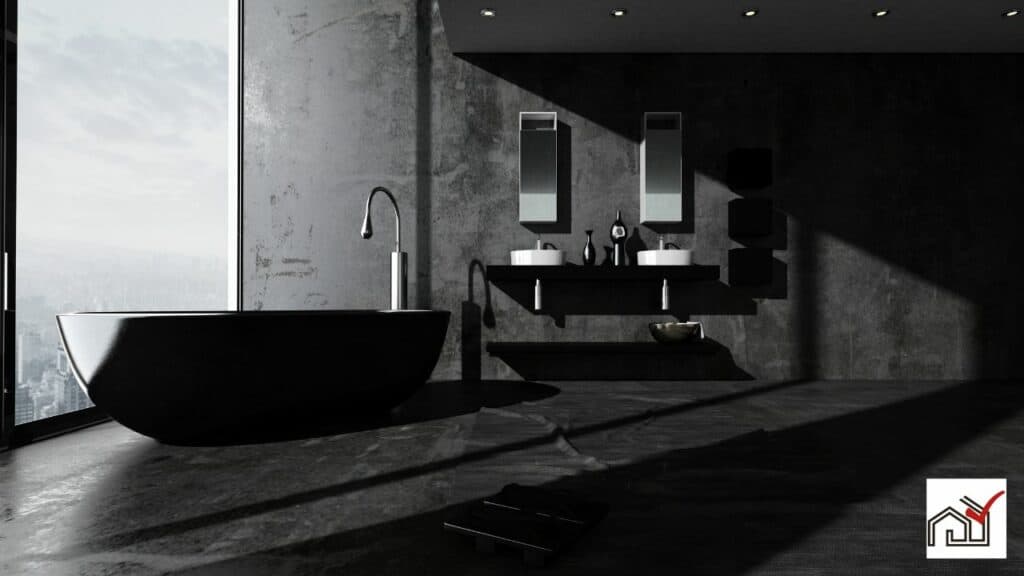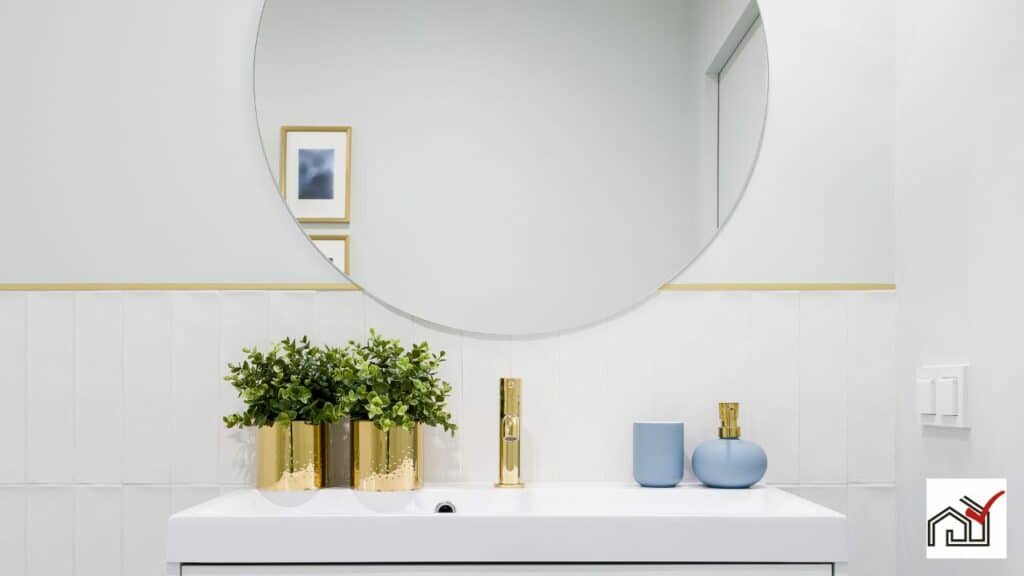Tiling behind a bathroom sink is practical as it offers several benefits. Firstly, it protects walls from water and soap splashes, which can cause moisture damage and lead to the growth of mold. Additionally, it enhances the overall design of the room.
Tiles are known for being easy to clean and durable, making them an ideal choice for a high-moisture area like a bathroom sink.
When deciding whether to tile in this area, it is important to consider the advantages it provides in terms of protection, maintenance, and aesthetics. However, it is also worth weighing these benefits against the cost and installation effort involved.
Evaluating the Necessity
Tiling behind a bathroom sink is necessary for protecting the wall from water damage and providing a hygienic surface that is easy to clean. It helps prevent mold and mildew in damp conditions. Tiles are durable and water-resistant, making them suitable for areas exposed to water.
Additionally, tiles can enhance the bathroom's appearance with various colors, textures, and patterns. While there are other materials like frosted glass or metal panels, tiles are preferred for their longevity and aesthetic contribution to the bathroom. It is often recommended to tile up to the ceiling to achieve a uniform look.
Pros of Tiling Behind Sink
Tiling behind a bathroom sink has several advantages.
It provides a waterproof barrier that protects the wall from water damage, reducing the risk of stains, mold, and mildew.
Tiles enhance the bathroom's design by matching the shower and adding a personal touch with different materials, colors, and patterns, potentially raising the property value.
Tiles are also hygienic and easy to clean, which is beneficial in bathrooms with frequent use.
The addition of trim pieces gives a clean finish and helps prevent water from seeping through the edges.
Cons of Tiling Considerations
Tiling behind a bathroom sink has disadvantages including cost, installation time, and renovation difficulty. High-quality or designer tiles increase the expense, and professional installation adds to the cost. The installation process is also lengthy, involving precise tile cutting, wall preparation, and drying time, which can be inconvenient in frequently used bathrooms.
Changing tiles after installation is challenging and can damage walls, making future renovations more complex and expensive. In bathrooms used by children, the durability of tiles is a concern, as grout may discolor and tiles can crack or chip.
Alternative Backsplash Options
Homeowners looking for alternatives to tile backsplashes may consider frosted glass, metal panels, or washable paint.
Frosted glass provides a clean and modern look, while also protecting walls against water and stains. It allows for a gentle diffusion of light, which can make a space feel brighter and larger.
Metal panels, such as stainless steel or copper, offer durability and ease of cleaning. They can introduce an industrial or contemporary feel to the bathroom and provide a visual contrast with traditional elements. For example, a stainless steel backsplash is particularly resistant to heat and water, combining practicality with modern design.
Washable paint is another option, offering a wide selection of colors and the ease of being updated or changed. These paints are designed to resist moisture and can be easily cleaned, making them convenient for high-use areas.
When choosing a backsplash material, it is essential to consider the bathroom's overall style and design. Consulting with a design professional can assist in creating a cohesive look that meets both personal taste and the functional needs of the space.
Making the Decision
The choice of backsplash material is an important decision for homeowners when considering tiling behind the bathroom sink. It impacts both the look and functionality of the space. With a range of options like ceramic, stone, glass, and mosaic, homeowners can choose a style that fits their bathroom's decor.
The decision to tile behind the sink should also take into account the size of the bathroom. In smaller spaces, a full backsplash can make the area appear larger. Larger bathrooms may not need this effect.
The bathroom's usage also influences the decision. Master bathrooms, which experience more use and moisture, benefit from durable and easy-to-clean tiles. Guest bathrooms may not need as much protection and can have more decorative tiles.
In households with children, a practical and easily cleanable tiled wall behind the sink is often necessary due to the potential for messes.
Interior design experts generally recommend tiling up to the ceiling to give the bathroom a complete and polished look. In a survey of 19 people, 18 supported the idea that a fully tiled backsplash improves the bathroom's aesthetics.
Homeowners should weigh these factors to ensure the tiling choice meets both their functional needs and design preferences.




